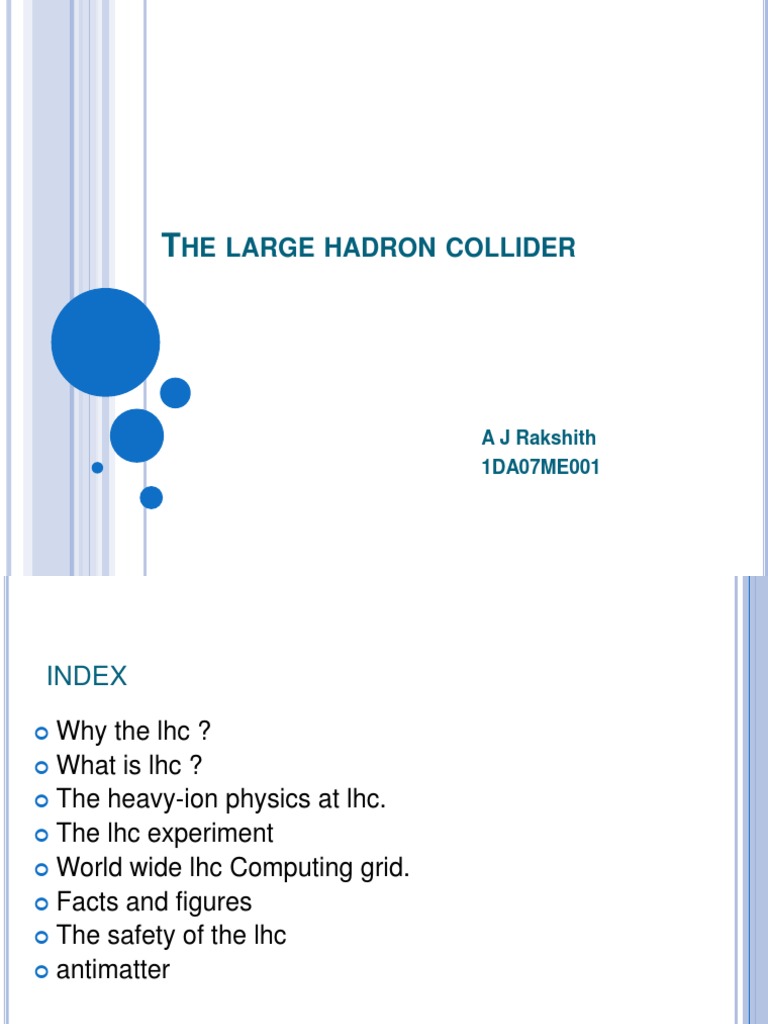The Large Hadron Collider (LHC) serves as a monumental achievement in the realm of particle physics, representing the largest and most sophisticated particle accelerator ever constructed. Located at CERN, the European Organization for Nuclear Research, it operates on a scale not previously achieved, exploring the fundamental constituents of matter and the forces at play in our universe. This article discusses the myriad benefits of the LHC, which extend from advancing fundamental scientific knowledge to fostering international collaboration, leading to substantial technological innovations.
At its core, the foremost benefit of the LHC lies in its unparalleled capacity to probe the fundamental forces of nature. It enables scientists to conduct high-energy collisions of protons, achieving energies that were previously unattainable. This unique capability facilitates the investigation of elusive particles, such as the Higgs boson, which grants mass to other particles—a discovery that enriched our understanding of the Standard Model of particle physics. The ramifications of this knowledge are profound, potentially leading to new theories that may unify gravity with other fundamental forces.
The discovery of the Higgs boson in 2012, a feat lauded as one of the greatest achievements in contemporary physics, exemplifies the LHC’s potential to unveil the mysteries of the universe. The confirmation of the Higgs field solidified long-standing theories but also opened new vistas of inquiry, such as the exploration of dark matter and dark energy. The implications of these findings transcend academic interests; they influence theoretical physics, cosmology, and even our philosophical understanding of reality itself.
Beyond the immediate rewards of scientific discovery, the LHC catalyzes myriad technological advancements through its operational exigencies. The engineering feats required for its construction have resulted in groundbreaking developments in various fields. For instance, the sophisticated superconducting magnets that guide particle beams necessitated innovations in cryogenics and electromagnetism. Such advancements have found applications outside of particle physics, influencing medical imaging technologies, specifically in magnetic resonance imaging (MRI), and contributing to improvements in semiconductor manufacturing processes.
The intricate computational challenges posed by the massive datasets generated by the LHC stimulate progress in fields such as data science and artificial intelligence. The raw data produced—on the order of petabytes—poses significant challenges for storage, analysis, and visualization. This has led to the development of sophisticated algorithms and machine learning techniques, not only enhancing particle physics research but also impacting industries reliant on large-scale data analysis, including finance and cybersecurity.
Moreover, the LHC plays a pivotal role in fostering international cooperation in scientific research. It serves as a model of collaborative efforts, with over 10,000 scientists and engineers representing more than 100 countries working together. Such cooperation transcends cultural and political boundaries, promoting a unified pursuit of knowledge. These collaborative synergies encourage the sharing of ideas, resources, and expertise, ultimately leading to a richer scientific discourse and more robust research outcomes.
The global nature of the LHC also sparks interest among young scientists, enticing future generations to consider careers in science, technology, engineering, and mathematics (STEM). As students and young researchers witness groundbreaking discoveries broadcast across the world, they become inspired to participate in the scientific community. Such engagement is crucial in cultivating the next generation of innovative thinkers who will further advance our understanding of the cosmos.
Furthermore, the LHC’s investment in public outreach and education initiatives has made significant strides in science communication. By making complex scientific concepts accessible to a broader audience, CERN not only demystifies particle physics but also engenders a greater appreciation of science as an integral part of societal progress. This engagement fosters public support for scientific inquiry and provides a platform for critical discussions regarding scientific ethics, funding, and the societal implications of research.
In addition to contributing to academic knowledge and technological progress, the LHC lends itself to potential applications in national security and safety. The techniques developed for analyzing particle collisions can be adapted for areas such as radiation detection, which is vital for medical applications and nuclear safety. This cross-disciplinary potential showcases the far-reaching benefits that fundamental research can have on applied science.
Finally, the longevity of the LHC, with plans for upgrades and future projects, ensures its continued contribution to the field of physics. The proposed high-luminosity upgrade will increase the collision rate, allowing for even greater data collection and analysis. As the LHC evolves, it promises to remain at the forefront of probing the mysteries surrounding the fundamental structure of the universe.
In conclusion, the Large Hadron Collider serves as a crowning achievement of human ingenuity, delivering an array of benefits that extend far beyond mere scientific discovery. Its capacity to advance our understanding of fundamental physics, drive technological innovation, foster international collaboration, inspire future generations, and contribute to societal progress situates it as a cornerstone of contemporary scientific enterprise. As we continue to explore the complexities of our universe, the LHC remains a beacon of hope, illuminating the path to knowledge and understanding in the intricate tapestry of existence.












